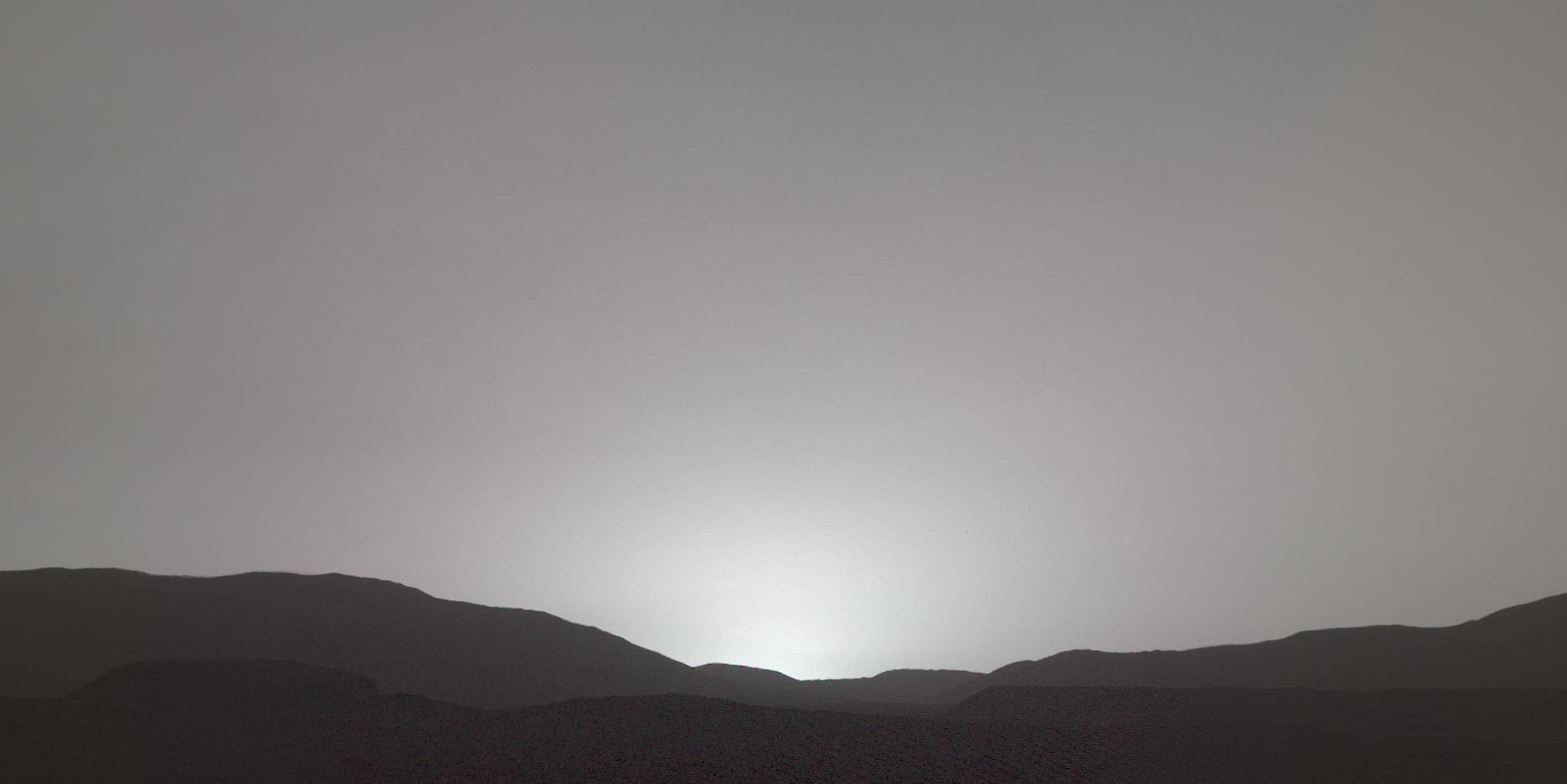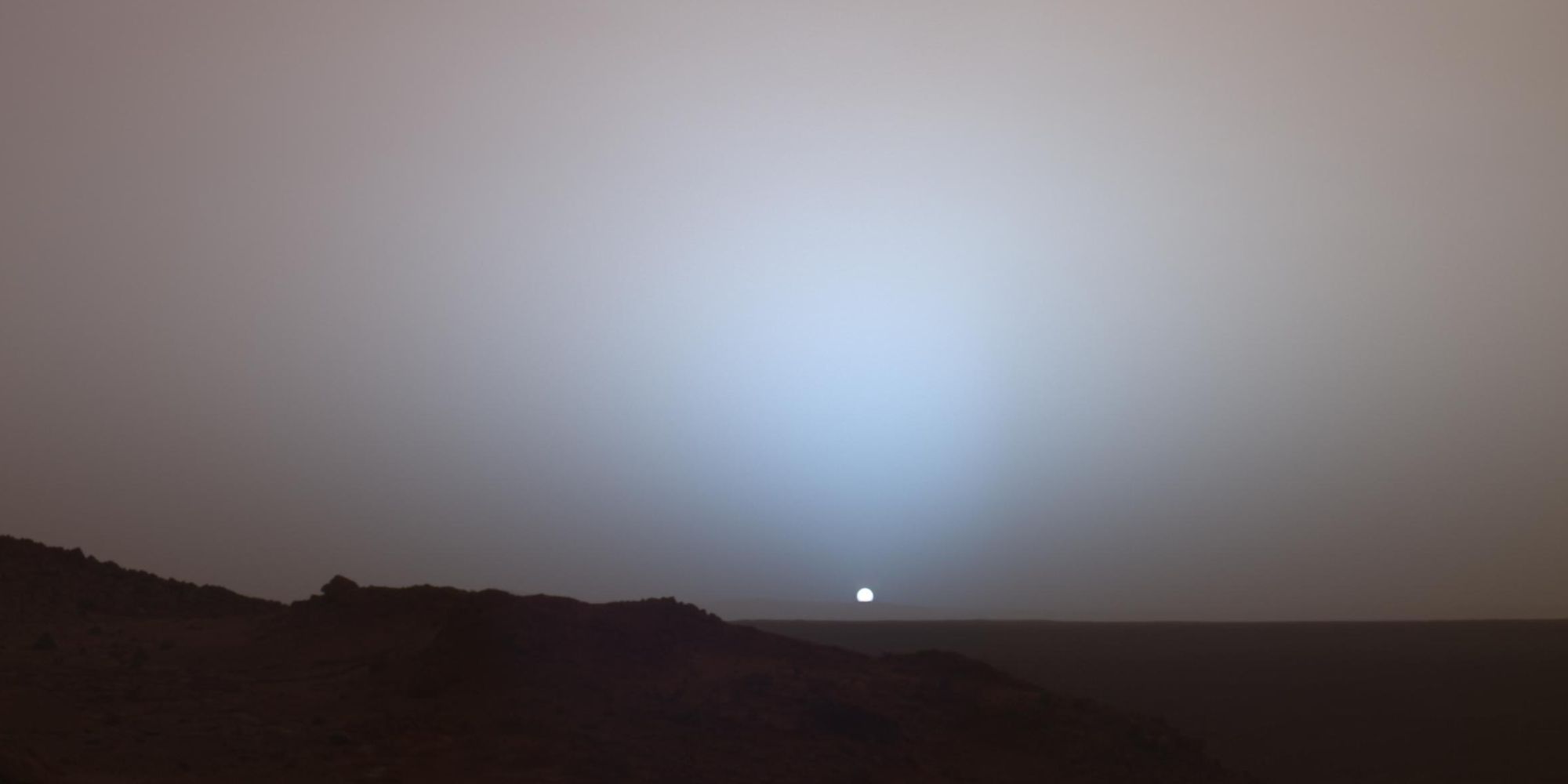NASA's Perseverance rover has already made countless achievements exploring Mars — and it just pulled off another one with an incredible photo of a Martian sunset. If there's one constant with Mars, it's that the planet always finds ways to show off its harsh beauty. Whether it be strange rock formations, enormous dunes, or stunning mountains, the Red Planet has a tremendous amount to offer.
While most of us on Earth won't ever be able to see these things with our own eyes, rovers like Perseverance help bring the sights of Mars to everyone. Perseverance landed on Mars in February 2021 in the hopes of finding ancient life. In between collecting rock samples and exploring new regions of the planet, Perseverance also logs its adventures with frequently breathtaking photos.
One of the rover's latest captures showcases something particularly impressive: a Martian sunset. This is the first sunset Perseverance has photographed with its Mastcam-Z camera system — the camera responsible for many of its best photos. In typical Perseverance fashion, the picture is beautiful. It showcases the Sun setting in the distance, a large mountain range, and an eerie gray sky. Sunsets on Mars typically have a distinct blue hue to them, but this one looks considerably different.
Why This Mars Sunset Looks Different Than Usual
When the Sun sets on Mars, fine dust particles in the atmosphere usually give the sky a distinct blue color. NASA says this is due to blue light penetrating Mars' atmosphere "more efficiently than colors with longer wavelengths." This is clearly seen in the photo directly above. This Martian sunset was captured by NASA's Spirit rover in 2005, and as you can see, there's a noticeable blue hue around the Sun.
So, why didn't Perseverance see any blue light during its sunset? It really just comes down to there being less dust in the atmosphere when the photo was taken. Less dust means less of a window for the blue light to shine through — hence the gray/muted color. It may not be as immediately eye-catching as a blue sunset, but it is exciting to see how much variation sunsets can have on the planet. If there's a lot of dust floating around one day, you get a very blue sunset. If the opposite is true, that color disappears in favor of something much eerier. Mars' dust and rocks may not create for a habitable planet, but they sure do find ways to make it endlessly stunning.
Source: NASA


